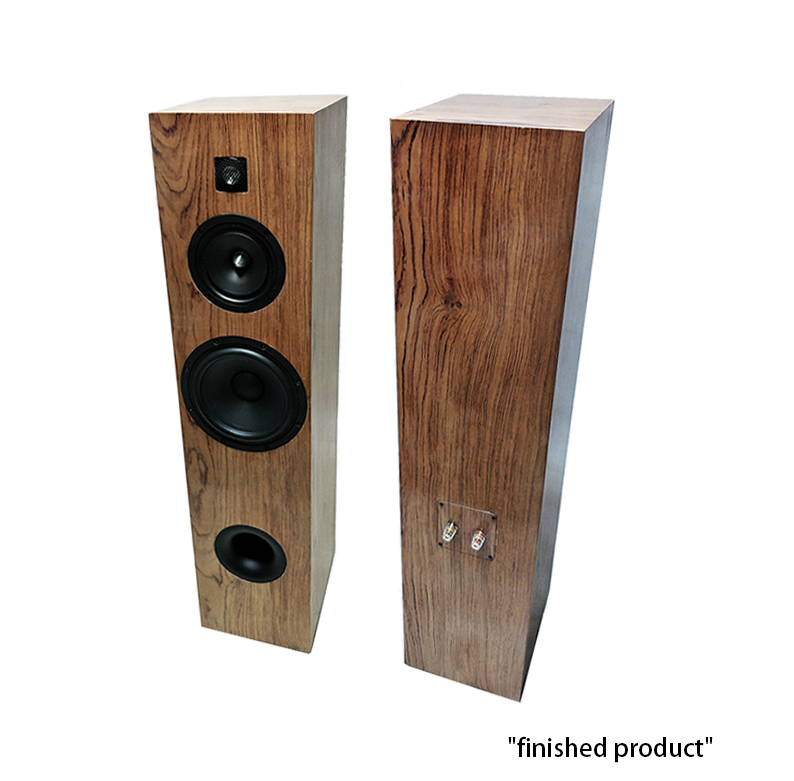
As such, a loudspeaker cannot be used without installing it in a baffle of some type, such as a closed box, vented box, open baffle, or a wall or ceiling (infinite baffle). Because the forward- and rearward-generated sounds are out of phase with each other, any interaction between the two in the listening space creates a distortion of the original signal as it was intended to be reproduced. The primary role of the enclosure is to prevent sound waves generated by the rearward-facing surface of the diaphragm of an open speaker driver interacting with sound waves generated at the front of the speaker driver. Loudspeaker enclosures range in size from small "bookshelf" speaker cabinets with 4" woofers and small tweeters designed for listening to music with a hi-fi system in a private home to huge, heavy subwoofer enclosures with multiple 18" or even 21" speakers in huge enclosures which are designed for use in stadium concert sound reinforcement systems for rock music concerts.

Enclosures may range in design from simple, homemade DIY rectangular particleboard boxes to very complex, expensive computer-designed hi-fi cabinets that incorporate composite materials, internal baffles, horns, bass reflex ports and acoustic insulation. Below the bottom woofer is a bass reflex port.Ī loudspeaker enclosure or loudspeaker cabinet is an enclosure (often rectangular box-shaped) in which speaker drivers (e.g., loudspeakers and tweeters) and associated electronic hardware, such as crossover circuits and, in some cases, power amplifiers, are mounted. Number 3 indicates two low-frequency woofers.

A cabinet with loudspeakers mounted in the holes.


 0 kommentar(er)
0 kommentar(er)
